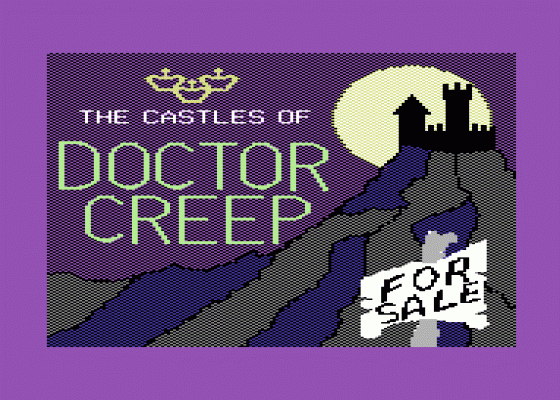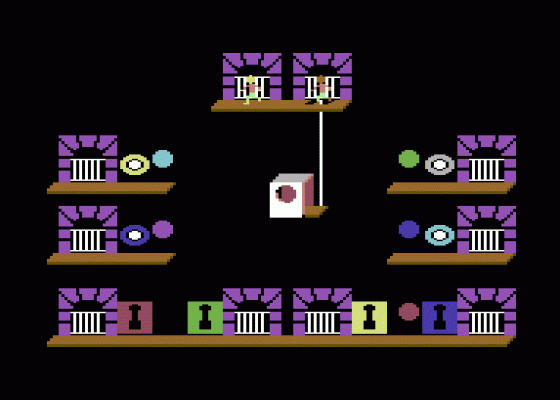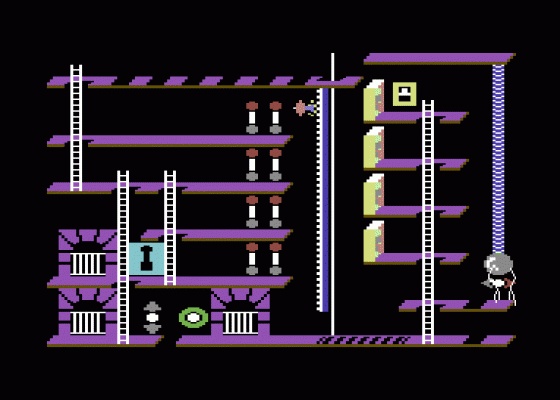Other Reviews Of The Castles Of Doctor Creep For The Commodore 64
The Castles Of Doctor Creep (Ariolasoft)
A review by J.G. (Home Computing Weekly)
The Castles Of Doctor Creep (Ariolasoft/Broderbund)
A review
The Castles Of Doctor Creep (Ariolasoft/Broderbund)
A review


 1st November 1985
1st November 1985













